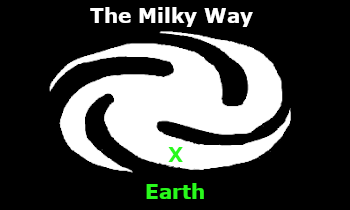History
New Eden was founded primarily as an agricultural colony at Earth's L4 point, and constructed largely from asteroid 2010 TK7 by the early members of the Edenite movement. Edenites are a human culture combining the influences of the present-day subcultures of hippies and furries. Edenites seek to live close to their conception of nature, often by modifying their bodies to take on animal-like characteristics.
The government and economy of New Eden was based on the tradition of hippie communes, combined with the practical concerns of a space habitat. During the early part of Era-1, New Eden was the second largest exporter of agricultural goods in the Solar System, after Earth. It was also one of the leading exporters of mind-altering drugs. This state of affairs led to an uneasy alliance with the Planetary League. The Planetary League outlawed many of the drugs produced in New Eden, but was at the same time dependent on the crops raised there. New Eden was also dependent on the Planetary League, to a degree, for military protection. During Era-1, the Solar System really didn't have any major military threats, (occasional pirates aside) but the Edenites, being pacifists, also didn't make any kind of military preparations.
Edenites spread throughout the galaxy, founding communes in various places, but many of them considered New Eden to be their home-world. New Eden hosted a constant stream of Edenite visitors making pilgrimages to this major site for their culture.
New Eden never joined the Planetary League, but remained independent, until being destroyed by the Purification Fleet in the Great Reckoning.






